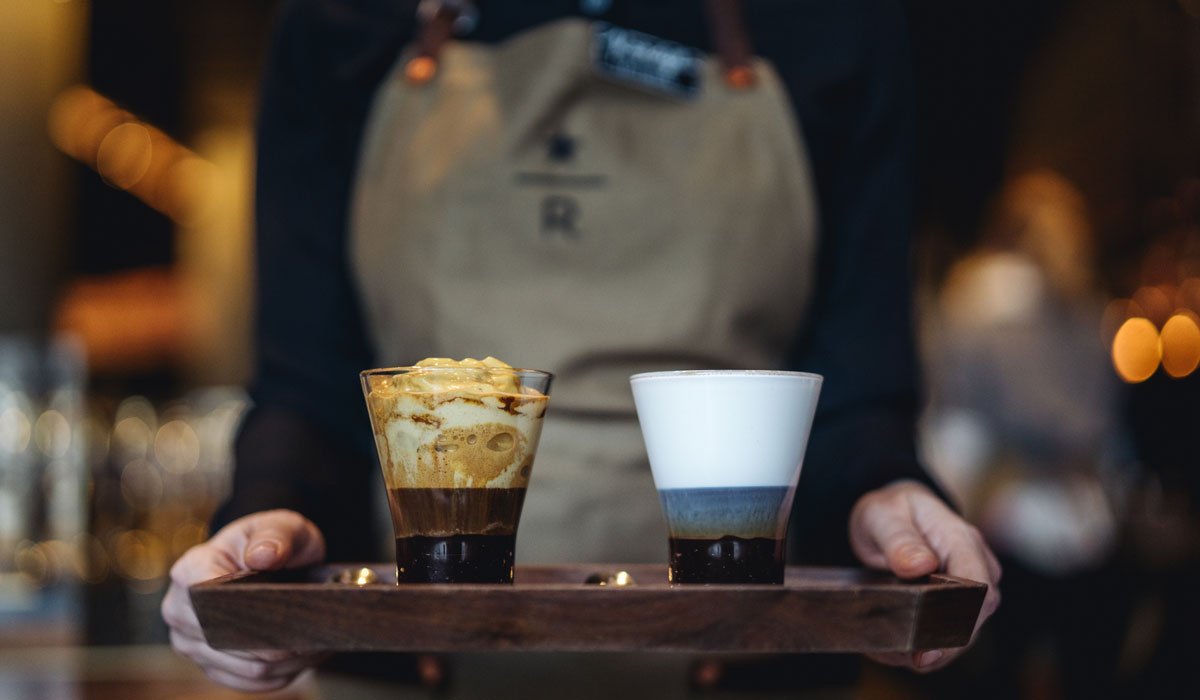Starbucks Thursday said it plans to keep cafes closed until May 3. The java chain’s original announcement, on March 21, called for “at least two weeks,” of drive-thru only operations to help combat the spread of COVID-19.
Rossann Williams, Starbucks’ EVP and president of U.S. corporate stores, as well its Canada business, said the chain would also stretch temporary coronavirus benefits until May 3, including “Catastrophe Pay,” and “Service Pay.” The first offers anybody diagnosed or exposed to COVID-19, or people who need to take extra precautions, like those 60 days or older, with 14 days of pay so they can self-quarantine, regardless if they’re symptomatic. “Service Pay” gives workers who continue to come in an additional $3 per hour for shifts. That was first set from March 21 to April 19, but will now flow into May.
Additionally, Starbucks said it will adjust proration for one-time service bonuses for ASMs and SMs to include a payout for leaders serving 31-plus days.
STAY UP TO DATE WITH OUR CORONAVIRUS LANDING PAGE
Other temporary expanded benefits, like childcare supports through Care@Work and food/beverage benefit and discounts, will be expanded as well.
Williams said Starbucks’ employees reached out about the pressure mobile order and pay was putting on select drive-thru locations during this pivot. In response, the company is looking into adding an entry handoff as an option for mobile order and pay customers. “We realize that each store is unique, so any modifications we make in the coming weeks will always be in partnership with local governments and health officials,” Williams said.
For now at least, Starbucks said it does intend to “slowly” begin adjusting back to more normal operating models and benefit plans after May 3, “recognizing that the COVID-19 situation in each community is still incredibly different and fluid.”
Starbucks is conducting “Quick Connect” wellness checks ahead of every employee’s shift, which hit said “meets and in my cases even exceeds the expert guidance provided by the CDC and other public health authorities.”
The brand will begin sending thermometers to all company-operated stores, Williams said, so employees who would like to self-monitor their temperature as added reassurance before they start their shift can do so. It will be a voluntary step.
“We are also closely following the CDC’s evolving guidance on facial protections like masks and coverings,” Williams said. “What we understand right now is that the CDC and other health authorities do not require or even recommend masks for healthy people. The CDC has only recommended masks for those who are already sick, or caring for someone who is sick.”
Even so, given the evolving science, Starbucks said it is proactively exploring supply for non-medical grade options. “This will also help us be ready should local government mandates start to change, or when our public spaces start to reopen,” Williams said. “Given the significant shortage of Personal Protective Equipment around the country, we will not source medical-grade masks because we know our health care workers and first responders need those most urgently.”
Starbucks was among the first restaurant chains to switch to a takeout- and delivery-only model in the wake of COVID-19, making the call on March 15. The decision less than a week later to close all seating areas, including café and patios, arrived as Starbucks struggled to keep large crowds from congregating within restaurants, furniture or not. Thousands of people signed a Coworker.org petition calling for Starbucks to suspend its business in an effort to discourage large gatherings.













